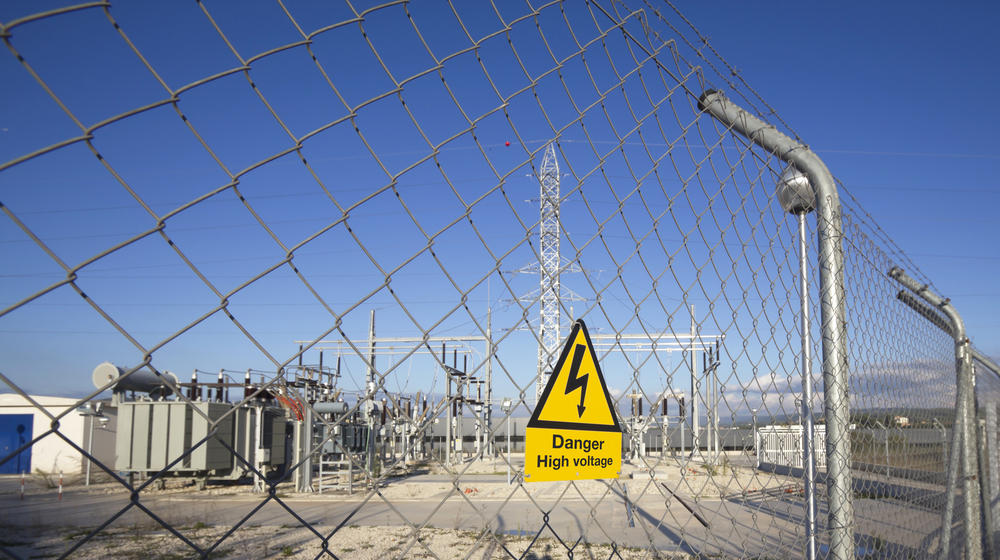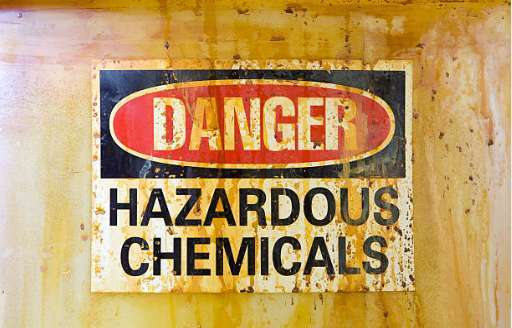What is Classification of Electrical Hazardous Area?
What is Classification of Electrical Hazardous Area?
Oct 20, 2022

Hazardous Area classification (HAC) is a method of analysing and classifying the environment where explosive gas atmospheres may occur to facilitate the proper selection and installation of equipment to be used safely in that environment.
For instance, oil and gas facilities, fertiliser plants, mineral processing facilities, gas stations or service stations are considered hazardous regions. In fact, common substances, given the right conditions, can create explosive atmospheres including combustible dust and gases.
What is the need for area classification?
Over the past two centuries, dozens of destructive workplace events have resulted in thousands of deaths and destruction. Globally, explosions at workplaces such as mines, factories, and storage facilities have caused tremendous loss of life and property. As a result, HAC and compliance standards have increased to protect people, industry, and the environment from harm.
The International Electrotechnical Commission (IEC) created its HAC standard IEC 60079.10.1 for gas atmospheres and IEC 60079.10.2 for dust atmospheres in response to a long list of workplace disasters brought on by unsafe practices in hazardous workplaces. Australia has adopted these standards as its own. It is crucial to comprehend them in connection to your production facility or storage area so you can put safety precautions in place to reduce the chance of an explosion.
Why do we classify Hazardous Areas:
- To define hazards of flammable gases and vapours, combustible dusts and flying’s in common terms and an agreed format.
- To avoid ignition of explosive atmospheres which may result in injury and loss of life to people and damage to equipment
- To enable the proper selection of specifically designed and constructed Ex rated equipment, assemblies, systems and installations for safe operation in explosive atmospheres.
The frequency and length of time that an explosive environment persists determines the level of risk of a blast. The classification of the hazardous area as Zone 0, Zone 1, or Zone 2 (for gas, vapour) or as Zone 21 or Zone 22 (for dust atmospheres) reflects the level of danger. Let’s examine what attributes each zone has:
ZONE 0 – This zone includes an explosive atmosphere that is constantly present or regularly for extended periods.
ZONE 1 – This zone includes the area where an explosive environment is expected to occur sometime.
ZONE 2 – This zone includes the location where explosive atmospheres are unlikely to occur usually, but if they do, they will only last for a short time.
Similarly, Zone 20, Zone 21 and Zone 22 are defined as combustible dust areas.
And to ensure safety and understand potential dangers, electrical engineers and technicians must be thoroughly familiar with the industry scenario and ethics. Here are a few hazardous area training courses that can help you gain knowledge about the hazardous area electrical equipment and function efficiently:
UEE42622 – Certificate IV in Hazardous Areas Electrical
Certificate IV in Hazardous Areas Electrical course assists in carrying out EEHA (Electrical Equipment in Hazardous Areas) work that complies with industry standards. Additionally, the EEHA training teaches how to choose, set up, test, maintain, and examine Ex equipment.
EEHA Refresher Course
This 2-day EEHA Refresher course is designed to provide improved revisions of Ex Protection Techniques and technological developments based on standards and regulations. It is classroom-based with an optional practical evaluation.
Hazardous Areas Classification and Design
This 5-day Hazardous Areas Classification and Design short course at PMV offers the skills necessary to classify hazardous environments, plan installations of electrical equipment in hazardous areas (EEHA), and design those installations in accordance with AS/NZS standards 4761 and 60079.10.1 and 2.
Hazardous Areas Compliance Verification Dossier
This 2.5-day Hazardous Areas Compliance short course helps to create and maintain a Hazardous Area Verification Dossier and provides an overview of duties and responsibilities in relation to Hazardous Area legislation and compliance.
Hazardous Areas Installation + Maintenance + Inspection Competency
This 4.5-day Hazardous Area Installation Maintain Inspect short course offers the skills necessary to choose, install, test, keep up with, and inspect electrical equipment in hazardous areas (EEHA) in an environment with gas and dust.
Hazardous Areas Design and Planning
This 4-day Hazardous Areas Design and Planning short course covers the knowledge and skills needed to plan and design the installation of electrical equipment in hazardous areas (EEHA).
Why PMV?
PMV has been providing Hazardous Areas consultancy services to the industry for the last 15 years while delivering hands-on practical training delivered by subject matter experts in Hazardous Areas. In our EEHA courses, participants learn practical skills and training for selecting, installing, maintaining, and inspecting electrical equipment in hazardous areas, such as gas, dust, and explosive atmospheres.
To know more about hazardous area training, connect with us at Project Management Vision (PMV)
Recent Post
Jul 29, 2024

